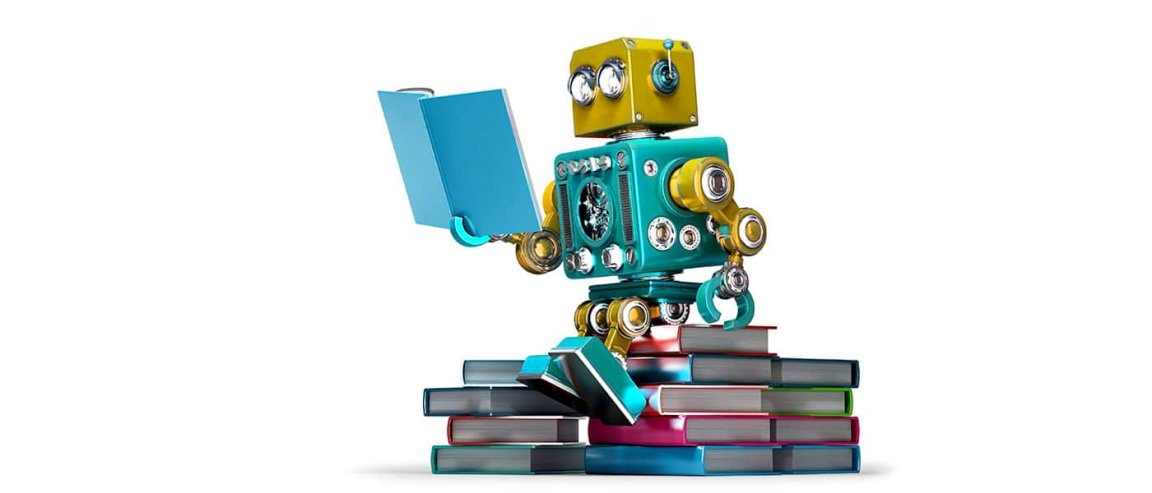
A Robot Hive
Robots, for all their helpfulness in performing tasks that we would rather not do (usually because those tasks are dangerous or boring), first need to be coded in order to do the work. These specific sets of commands tell the machines what exactly they need to do and define how to do it.
While robots can be coded to acquire knowledge for themselves through machine learning, it would take far too long for a single robot to acquire enough experience to actually be helpful with many complex real-world tasks. To address this, several studies have explored the possibility of building a computer hive mind through which robots could pool their experiences and learn from each other, and three such experiments were recounted on the Google Research Blog.
One study gave robots a chance to learn from raw experience. They were given a task that they were allowed to solve on a trial-and-error basis (opening a door). Successes and failures were pooled in a central server, the set of commands that yielded the best results were sent back to the robots, and the cycle continued until the task was mastered.
Instead of building on raw experience, another study programmed the robots to build a predictive model from their shared experience, which could then be used to perform the task. Those robots were allowed to interact freely with objects on a table, share their experiences with each other, and together build a single predictive model that attempted to forecast what the world might look like in response to their future actions.
The model used by the third study was the most effective: learning with human help. As the name suggests, humans guided robots in performing the task (again, opening a door), providing context in the action. The robots were quickly able to master and cope with increasingly complicated variations of the task using this method.

Faster and Smarter Bots
Despite the varying degrees of success, all three of the studies concluded the same thing: robots are able to learn more efficiently and effectively when they are allowed to communicate and pool their experiences.
While the things that robots can successfully learn to do today are limited, the knowledge that a robot hive mind can drastically cut down learning times could lead to a huge leap forward in robot intelligence. For example, while one robot would need years to gather the 1.5 million labeled examples used by ImageNet, multiple robots could gather it over a few weeks.
In addition to improving speed, the hive could also provide robots with a wider variety of experiences. “A real-world deployment might involve multiple robots in different places and different settings, sharing heterogeneous, varied experiences to build a single highly generalizable representation,” explains the researchers on Google’s blog.
Insights gained from experiments like the above will help us determine how best to utilize robots within our daily lives as algorithms and technology advances. Perhaps the age of the robotic assistant isn’t too far off.